If you are wanting to become self-sufficient or looking to improve your chances of survival in an emergency or disaster situation learning about foraging is essential. Here we take a look at 44 different plants you can forage for food and medicine.
We have also included photos of the plants you can forage for food and medicine.
44 Plants You Can Forage for Food and Medicine
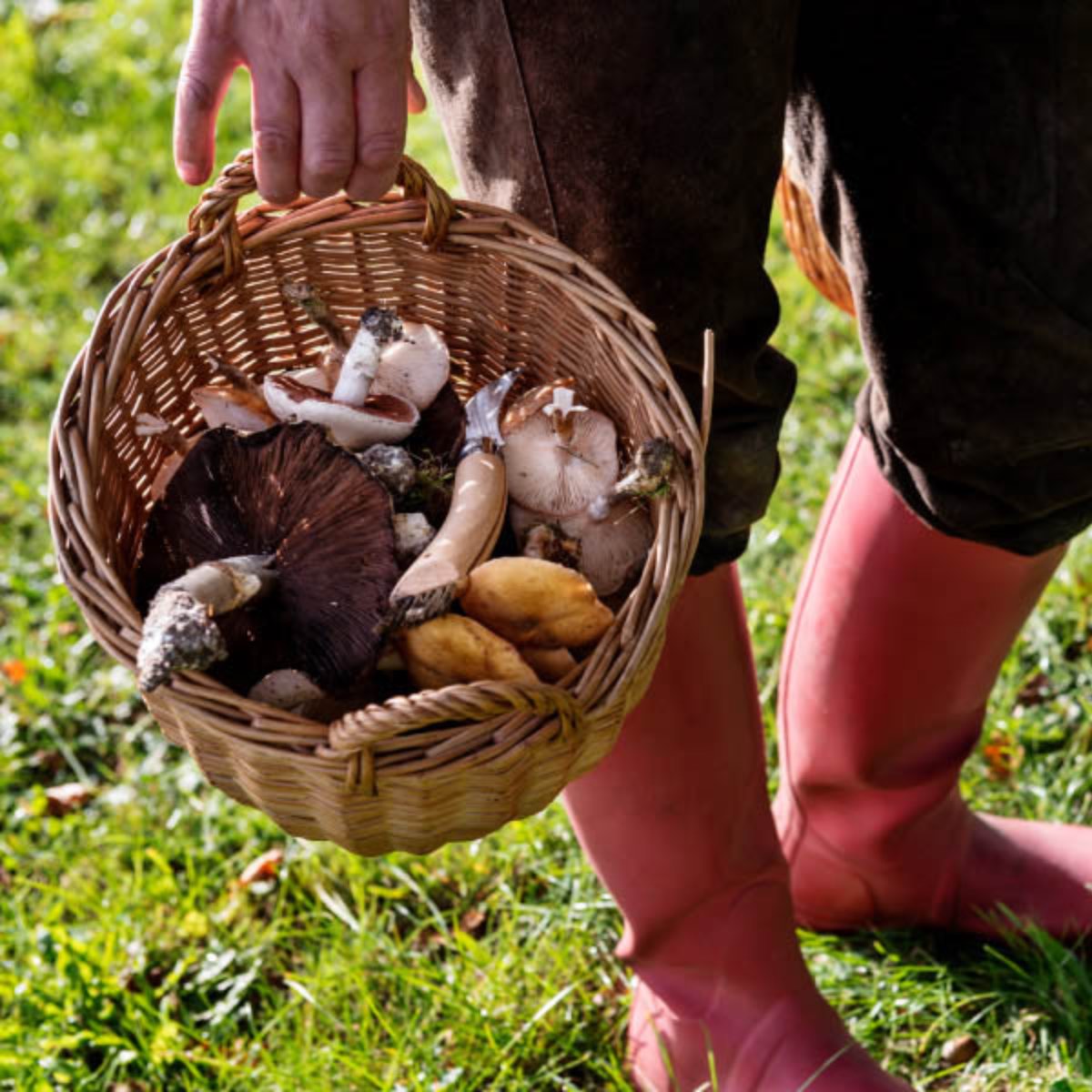
1. Dandelion (Taraxacum officinale)

Food:
The first of our selection of plants you can forage for food and medicine is dandelion. Young leaves can be enjoyed raw in salads, stir-fries, or sauteed.
Dandelion root, roasted and ground, can be brewed as a coffee substitute.
Medicine:
Dandelion leaves and root have been used traditionally as a liver tonic and diuretic, although scientific research is ongoing. Remember: Always harvest dandelion greens from unsprayed areas and avoid older, bitter leaves.
2. Plantain (Plantago spp.)
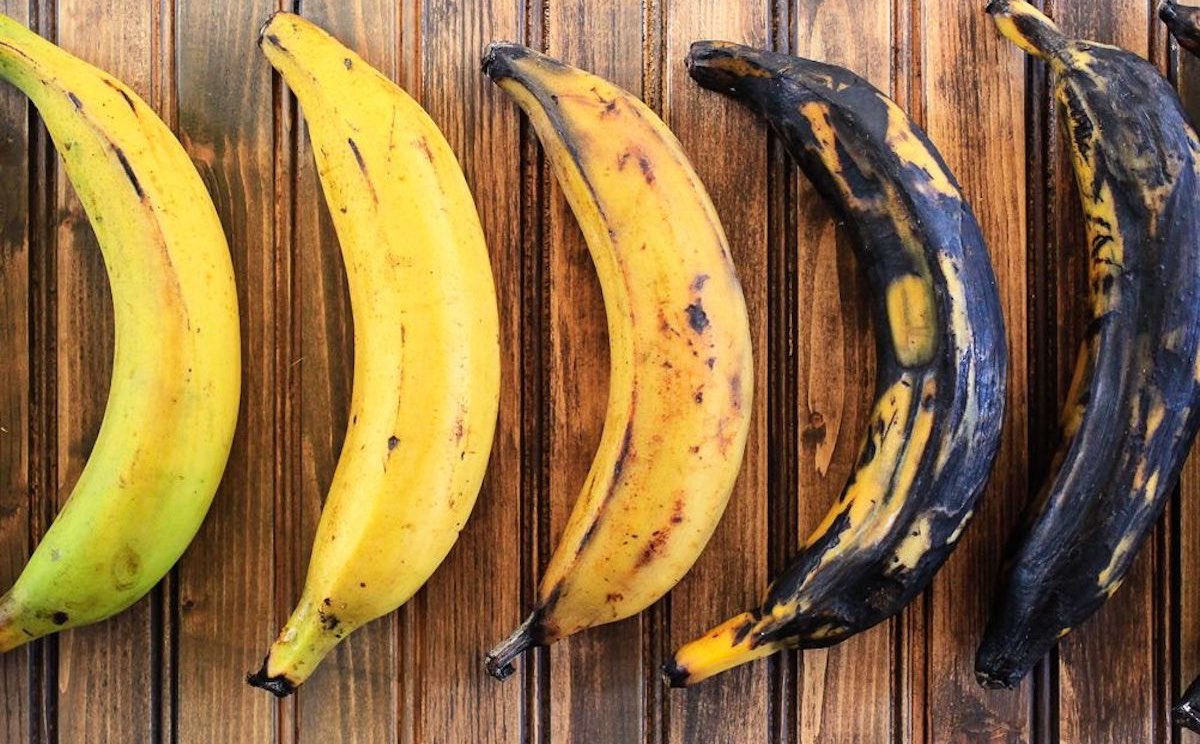
Food:
The leaves can be used whole or chopped for salads, sandwiches, or pestos, offering a mild and slightly salty flavor.
Medicine:
Plantain leaves have also been used traditionally to soothe insect bites and stings, with some studies suggesting anti-inflammatory properties. Important Note: Distinguish broadleaf plantain from its lookalike, narrowleaf plantain (Plantago lanceolata), as the latter may cause digestive upset in some individuals.
3. Stinging Nettle (Urtica dioica)
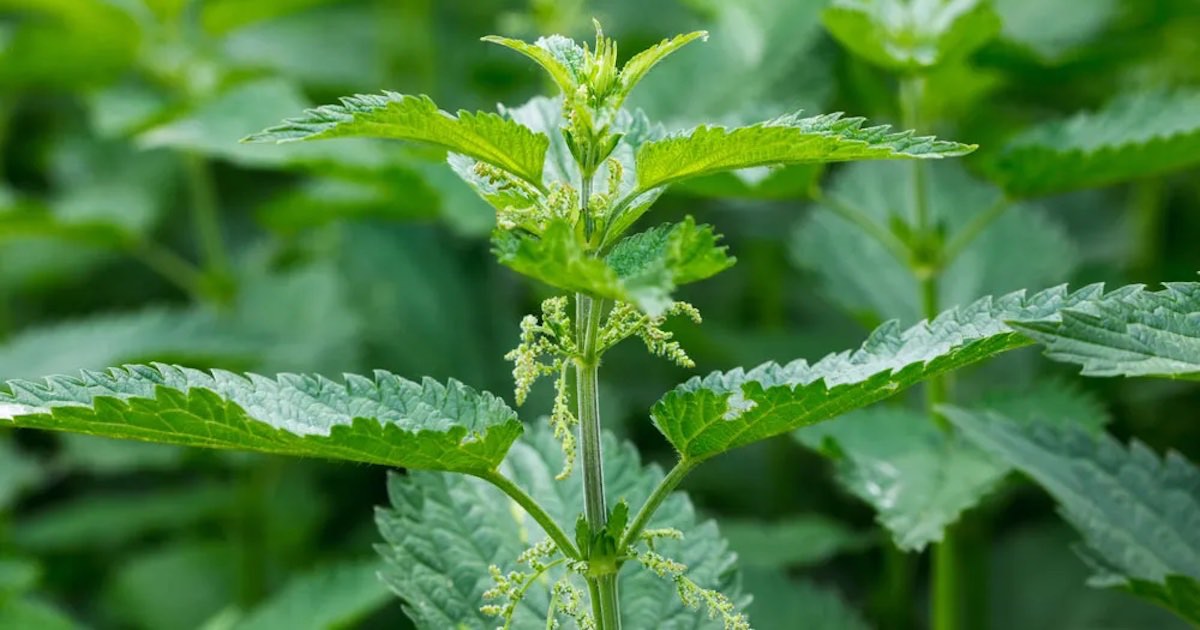
Food:
Once properly treated, stinging nettle offers a delicious and nutritious green. Young nettle shoots can be blanched in boiling water to deactivate the stinging hairs and then enjoyed in stir-fries, soups, or even blended into smoothies.
Medicine:
Nettle tea has been used traditionally to support a healthy urinary tract and may also offer anti-inflammatory benefits. Caution: If you have sensitive skin, avoid contact with raw nettles even after blanching.
4. Elderberry (Sambucus nigra)
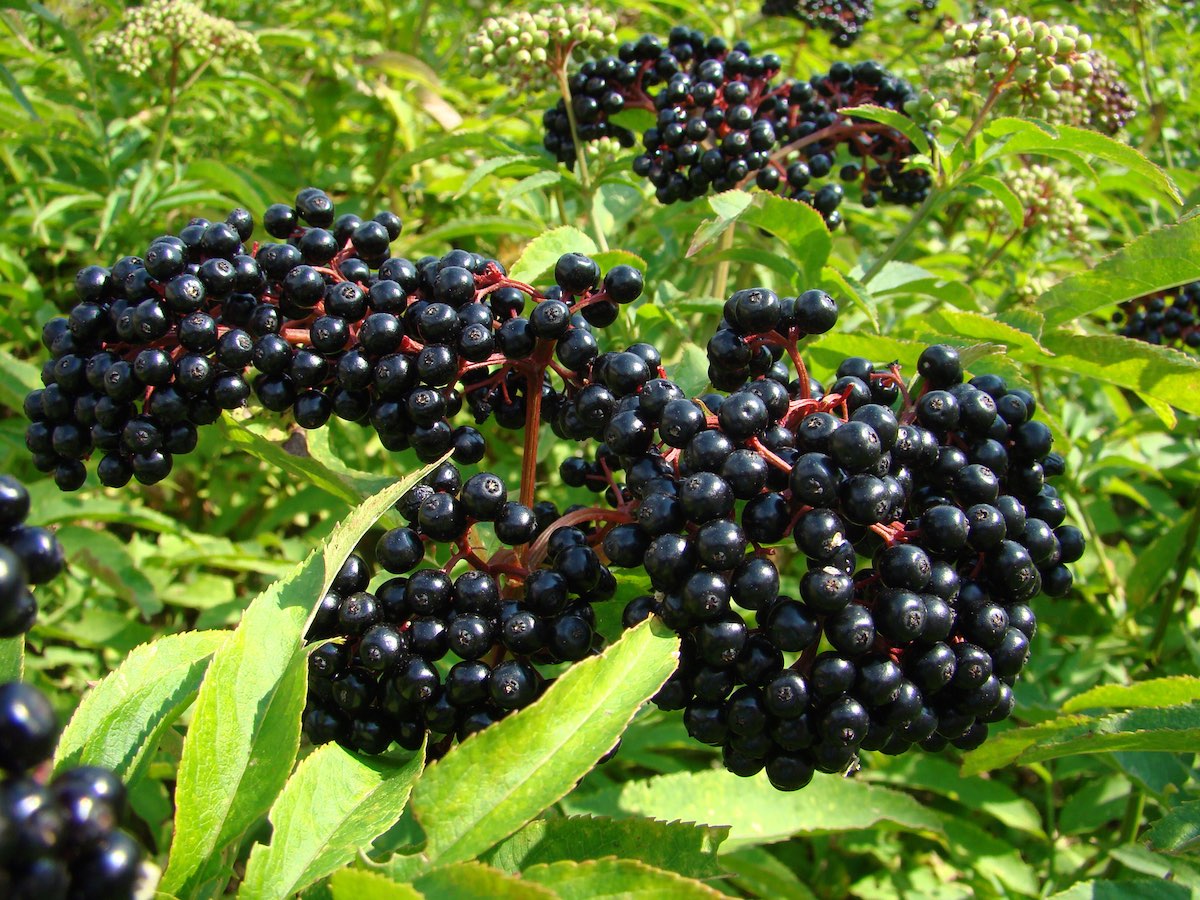
Food:
Only consume ripe elderberries after cooking them into jams, jellies, or syrups. Never consume raw elderberries or other elderberry plant parts.
Medicine:
Elderberry syrup is a popular folk remedy for colds and flu, although scientific evidence is inconclusive. Always consult with a healthcare professional before using elderberry for medicinal purposes.
5. Rosehips (Rosa spp.)
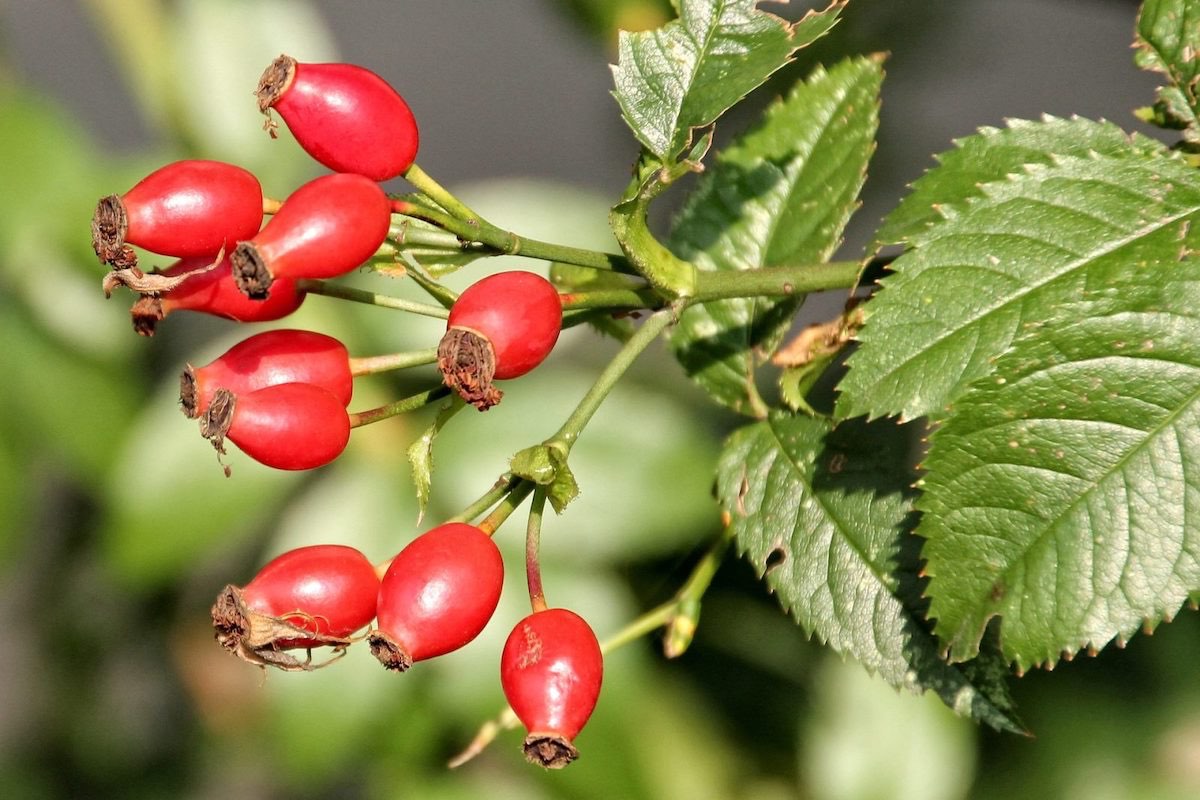
Food:
Rosehips are a rich source of vitamin C, even surpassing oranges! Once the hips turn a vibrant red and soften slightly, they can be harvested for use in jams, jellies, teas, or syrups. The fuzzy seeds and inner hairs should be removed before consumption as they can irritate the throat.
Medicine:
Rosehip tea has been traditionally used as a remedy for coughs, colds, and digestive issues. The high vitamin C content may also offer immune system support. Note: Consult a healthcare professional before using rosehips medicinally if you are pregnant, breastfeeding, or taking certain medications.
6. Chickweed (Stellaria media)

Food:
This delicate and fast-growing wildflower is a surprising source of nutrients. For this reason alone it deserves a place among these plants you can forage for food and medicine. Young chickweed leaves can be enjoyed raw in salads, sandwiches, or tossed into soups for a mild, slightly peppery flavor. It’s also a good source of vitamins A and C.
Medicine:
Chickweed has a long history of use as a topical remedy for skin conditions like eczema and psoriasis. Poultices made from chickweed leaves may help soothe itching and inflammation. Disclaimer: Always conduct a patch test before applying chickweed topically to a larger area of skin.
7. Burdock (Arctium spp.)
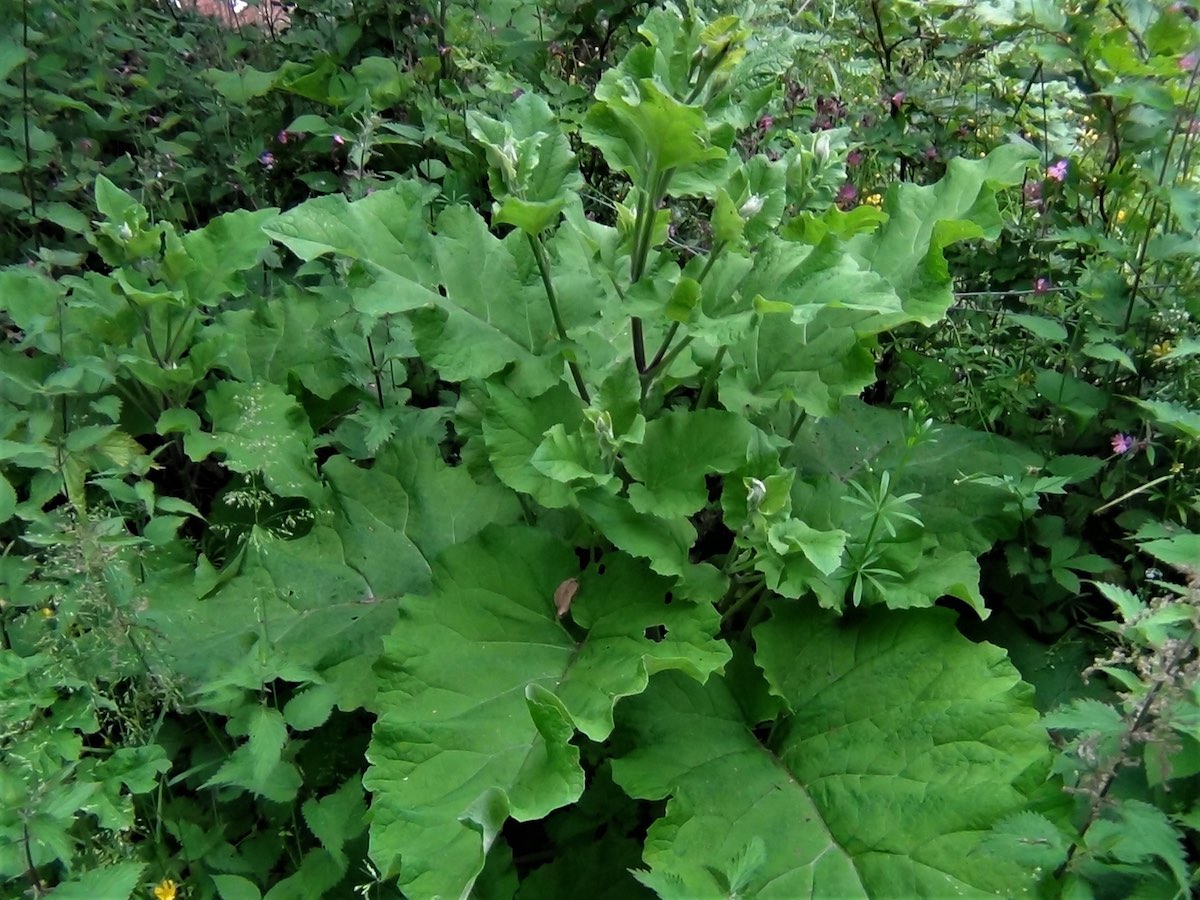
Food:
While the burrs on burdock are a nuisance, the young roots and stalks can be a tasty addition to your diet. Peel and boil burdock root for a flavorful addition to stir-fries or soups. Burdock has a slightly sweet and earthy taste. Important: Only consume burdock root in the spring or early summer before it becomes woody.
Medicine:
Burdock root tea has been traditionally used for its detoxifying properties and may also support healthy blood sugar levels. Caution: Burdock may interact with certain medications. Consult your doctor before using burdock medicinally.
8. Pine (Pinus spp.)

Food:
While pine needles themselves aren’t typically eaten, pine nuts, the seeds of certain pine species, are a delicious and nutritious addition to various dishes. They can be enjoyed raw, roasted, or ground into a flour.
Medicine:
Certain pine species have been used traditionally for respiratory ailments. Pine needle tea may help soothe coughs and congestion. Warning: Ingesting pine needles directly can be harmful. Only use pine needles for medicinal purposes under the guidance of a qualified herbalist.
9. Mullein (Verbascum thapsus)
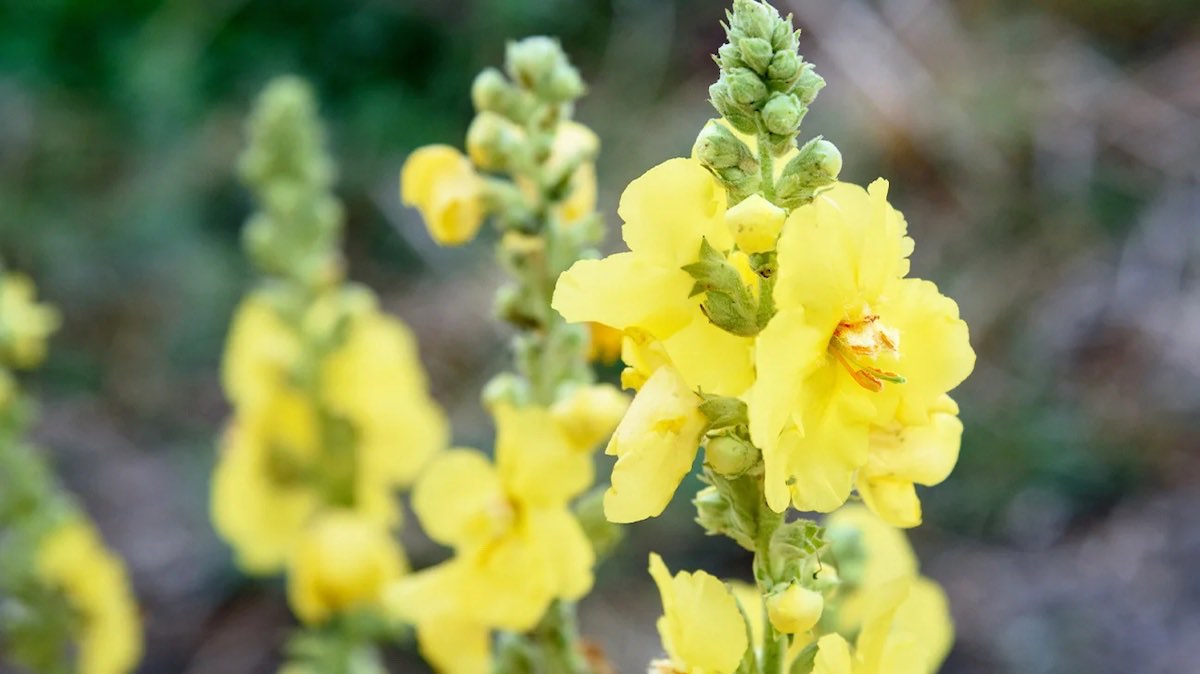
Medicine:
Mullein leaves and flowers have a long history of use in herbal medicine, particularly for respiratory issues. The leaves contain compounds that may help loosen mucus and soothe coughs. Mullein tea is a popular folk remedy for bronchitis and asthma. Disclaimer: Mullein may interact with certain medications. Consult your doctor before using mullein medicinally, especially if you are pregnant or breastfeeding.
Medicine (limited):
Mullein oil has also been used topically to soothe earaches, although scientific evidence is limited. Caution: Never put anything in your ear if your eardrum is ruptured.
10. Wild Garlic (Allium ursinum)
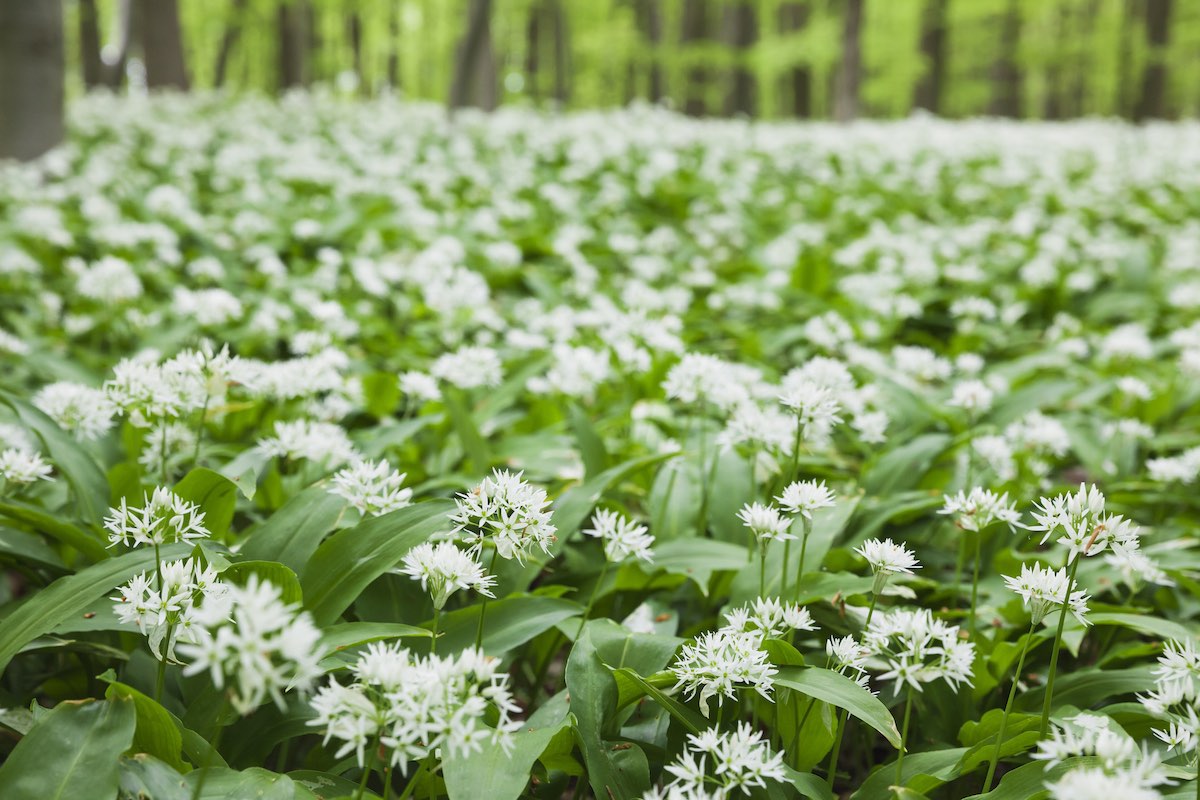
Food:
This pungent relative of cultivated garlic is a delightful addition to springtime forages and a top selection of plants you can forage for food and medicine. The flat, broad leaves can be chopped and used in place of garlic in various dishes like pesto, soups, or stir-fries. Enjoy wild garlic in moderation, as it has a stronger flavor than its cultivated cousin.
Caution: It’s crucial to correctly identify wild garlic, as it has toxic lookalikes like lily of the valley. When foraging wild garlic, look for the characteristic flat leaves and garlicky aroma.
11. Yarrow (Achillea millefolium)
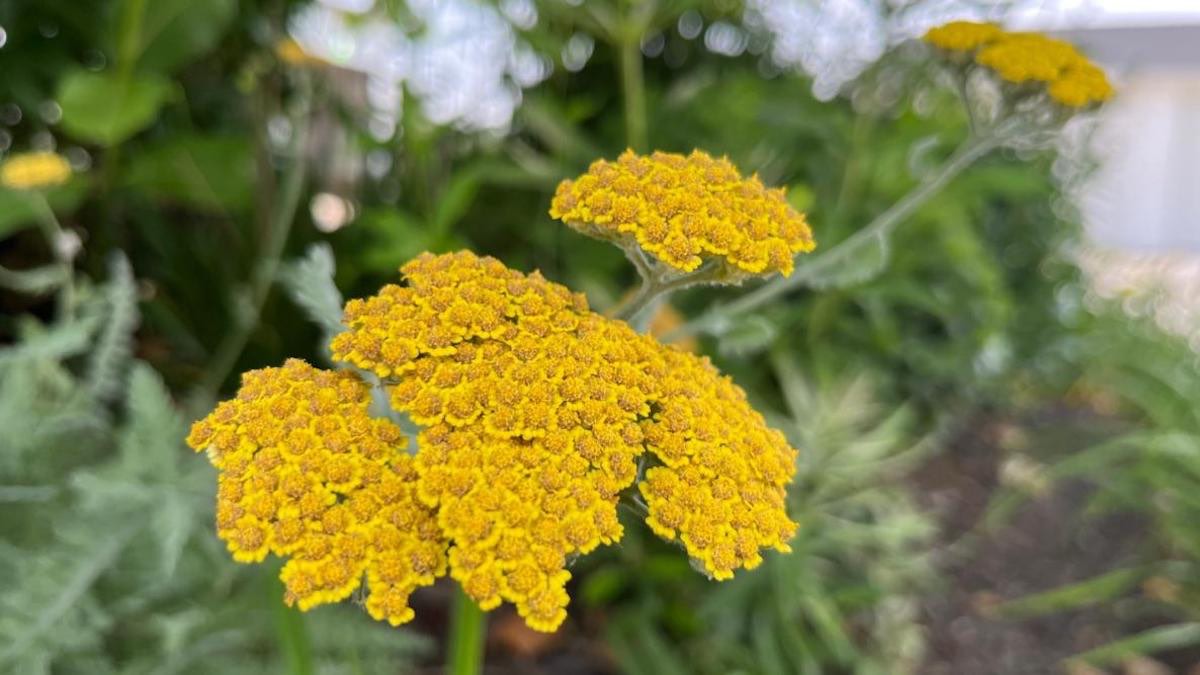
Medicine:
Yarrow is a versatile herb with a long history of medicinal use. It may possess anti-inflammatory and wound-healing properties. Yarrow tea has been traditionally used to relieve menstrual cramps, stop minor bleeding, and soothe digestive issues. Important: Consult a healthcare professional before using yarrow medicinally, especially if you are pregnant, breastfeeding, or taking blood-thinning medications.
12. Thistle (Cirsium spp.)

Food:
While the prickly nature of thistles discourages casual foraging, the young stems and flower buds can be carefully harvested for culinary use. Peel the outer layer of the stems to reveal a tender core that can be boiled or roasted. The flower buds can be pickled or battered and fried for a unique flavor. Caution: Wear gloves when harvesting thistles to avoid getting pricked.
Medicine:
Thistle root has been used traditionally for liver health, although scientific evidence is limited. Consult a healthcare professional before using thistle medicinally.
13. Wild Mint (Mentha arvensis)
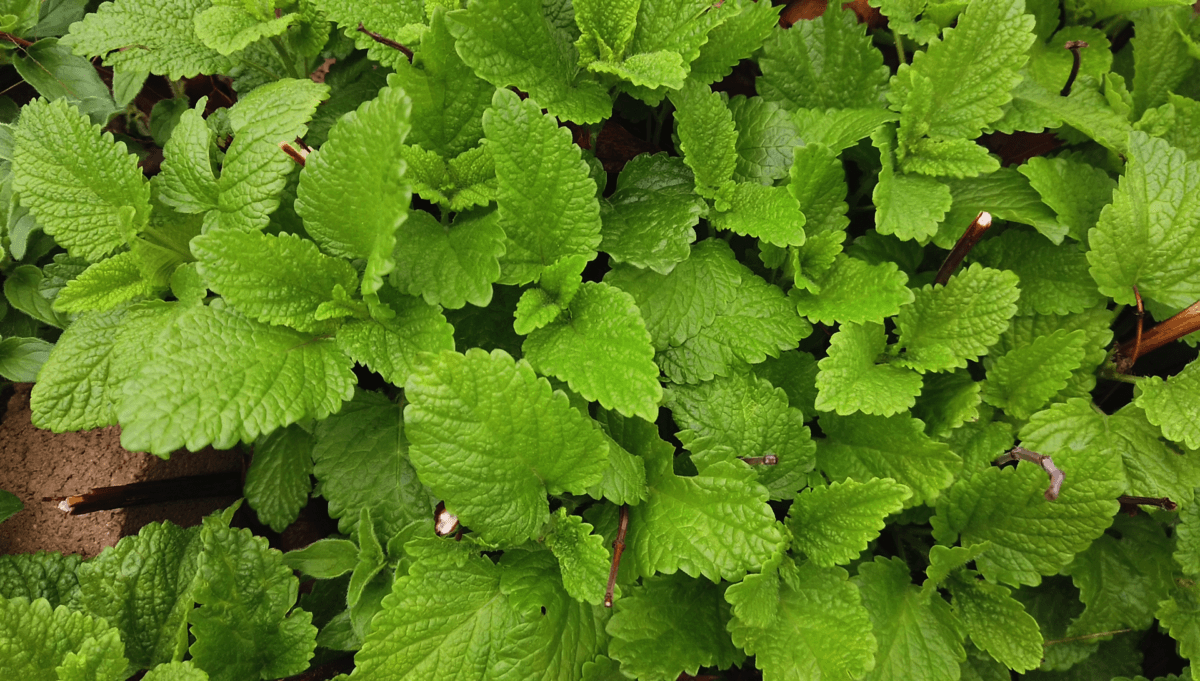
Food:
Wild mint boasts a refreshing and invigorating minty flavor. The leaves can be enjoyed fresh in salads, teas, or infused into water for a delightful beverage. You can also use them in sauces, dips, and desserts for a flavorful twist.
Medicine:
Wild mint has been used traditionally for digestive ailments like nausea, indigestion, and cramps. Mint tea may also help soothe a sore throat or ease congestion. Note: Consult your doctor before using mint medicinally if you have certain health conditions like gastroesophageal reflux disease (GERD).
14. Cleavers (Galium aparine)
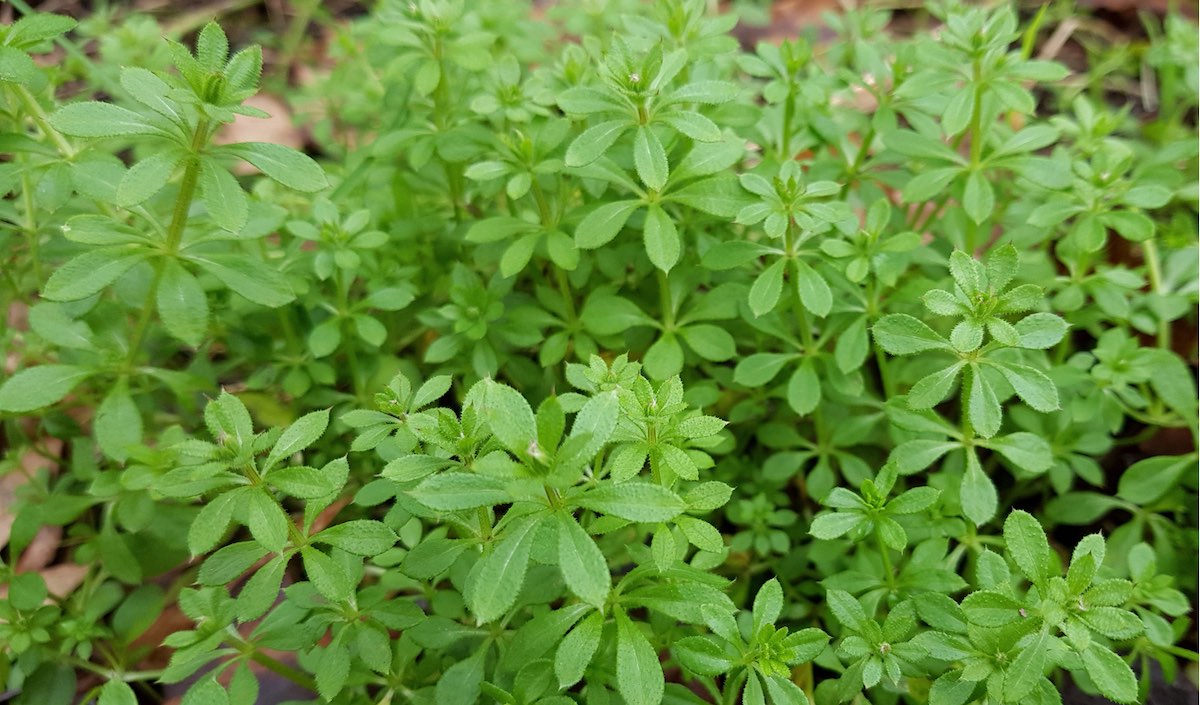
Food:
This sticky wildflower might seem like a nuisance, but young cleavers can be a surprisingly delicious addition to your diet. The tender shoots and leaves can be steamed, boiled, or stir-fried for a slightly nutty and earthy flavor. Remember: Only consume the young parts of the plant, as the mature stems become tough and woody.
Medicine:
Cleavers have been used traditionally as a diuretic and lymphatic tonic. Cleaver tea may also help soothe skin conditions like eczema and psoriasis. Disclaimer: Scientific evidence for cleaver’s medicinal properties is limited. Consult a healthcare professional before using cleavers medicinally.
15. Wild Strawberry (Fragaria vesca)
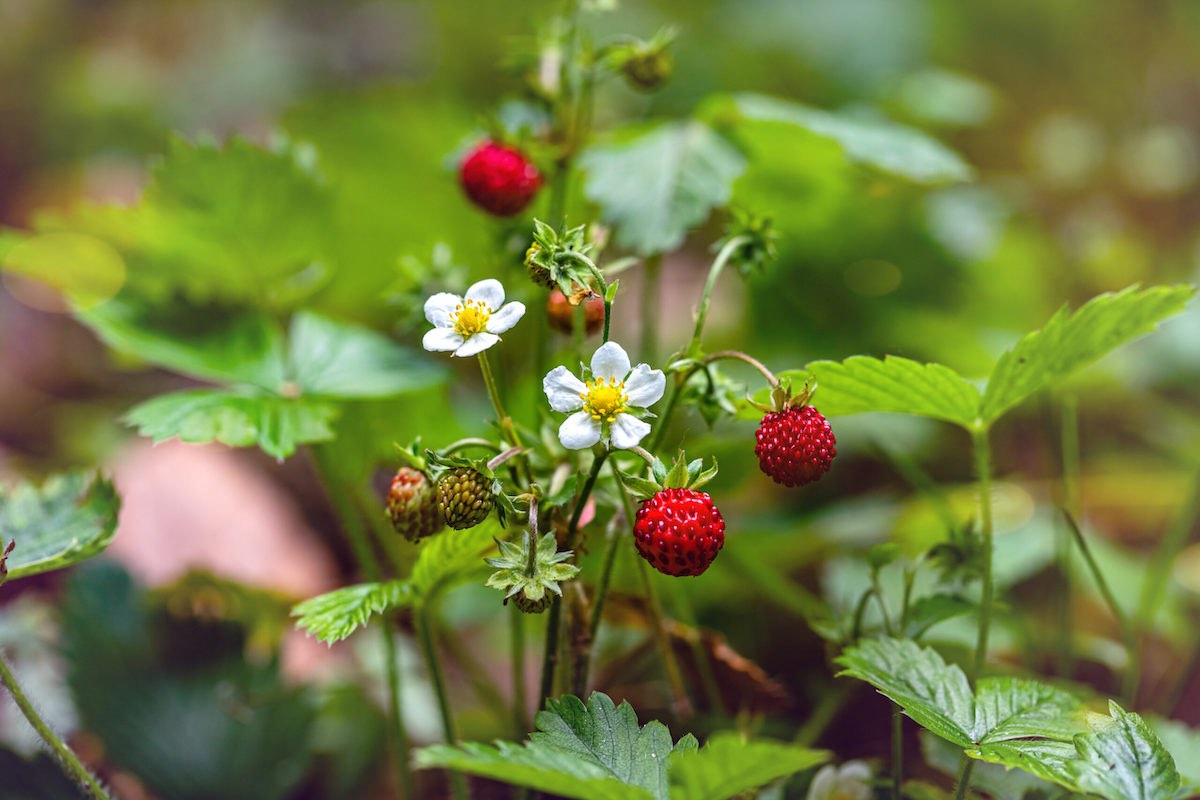
Food:
These tiny gems of the forest pack a sweet and delicious punch. Wild strawberries are a delightful treat for foragers, perfect for enjoying fresh or incorporating into jams, jellies, or pies. Be aware: Wild strawberries are smaller than their cultivated counterparts, so harvest accordingly.
16. Red Clover (Trifolium pratense)
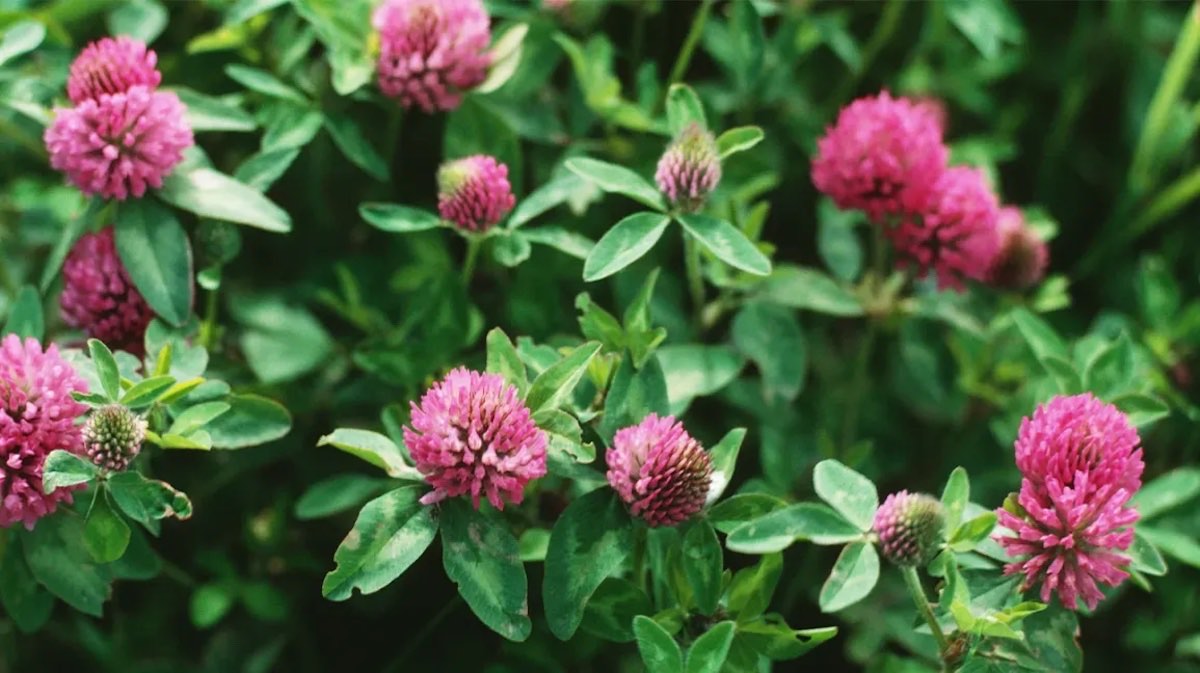
Medicine:
Red clover is a flowering plant with potential health benefits. It contains compounds similar to estrogen and has been traditionally used to alleviate menopausal symptoms like hot flashes and night sweats. Important: Red clover may interact with certain medications and is not recommended for pregnant or breastfeeding women. Consult a healthcare professional before using red clover medicinally.
Food (limited):
While red clover flowers are not typically consumed directly, they can be used to make tea with a mild, slightly sweet flavor.
17. Wild Lettuce (Lactuca spp.)
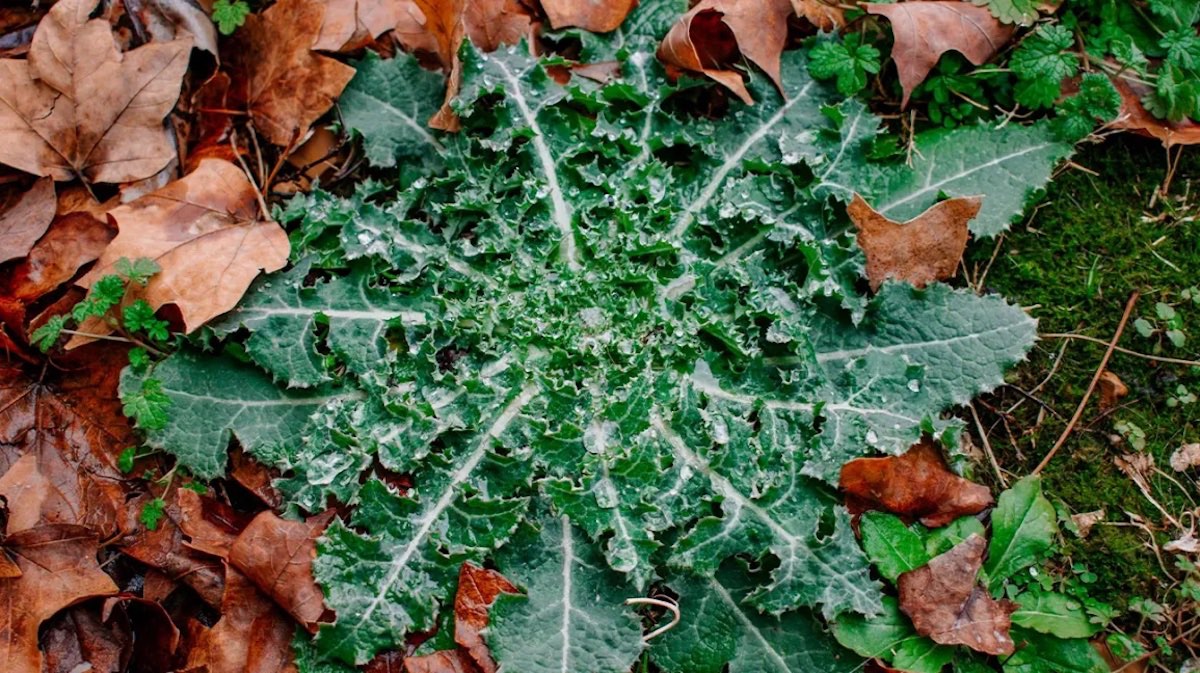
Medicine:
Some wild lettuce varieties, like Lactuca virosa, contain a milky sap with a history of use as a natural sedative. However, use extreme caution with wild lettuce, as improper identification or consumption can lead to serious health risks. Warning: Do not ingest wild lettuce without professional guidance. It can interact with medications and cause side effects like drowsiness, hallucinations, and even paralysis.
18. Wood Sorrel (Oxalis spp.)
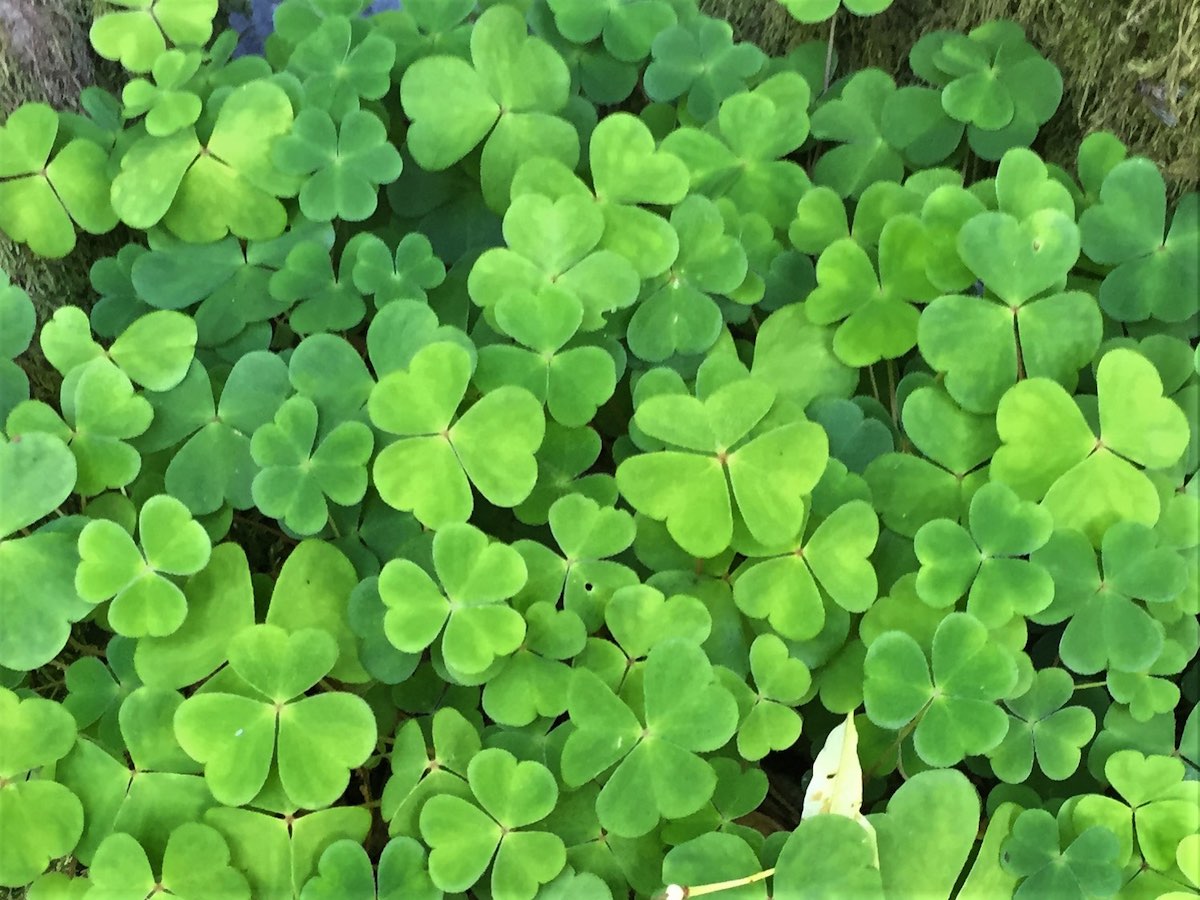
Food:
These delicate, clover-shaped leaves offer a delightful surprise – a tangy, lemony flavor! Wood sorrel leaves can be enjoyed fresh in salads, sandwiches, or as a garnish for soups and stews.
Medicine:
While not a common medicinal use, wood sorrel leaves contain vitamin C and have been used traditionally to soothe sore throats and coughs. Note: The leaves can irritate sensitive stomachs, so consume them in moderation.
19. Purslane (Portulaca oleracea)

Food:
This succulent little plant is a nutritional powerhouse! Purslane is packed with vitamins and omega-3 fatty acids. The leaves and stems can be enjoyed raw in salads, stir-fried, or even added to smoothies.
Medicine:
Limited research suggests purslane may have anti-inflammatory properties. Disclaimer: More scientific evidence is needed to confirm medicinal uses.
20. Violet (Viola spp.)

Food:
The delicate violet flower adds a touch of elegance and a beautiful pop of color to salads, desserts, or cocktails. Young violet leaves can also be enjoyed in salads with a mild, floral flavor.
Medicine:
Violet flowers and leaves have been used traditionally for various ailments, including skin conditions and respiratory problems. Important: Consult a healthcare professional before using violets medicinally, as some species may cause irritation.
21. Garlic Mustard (Alliaria petiolata)
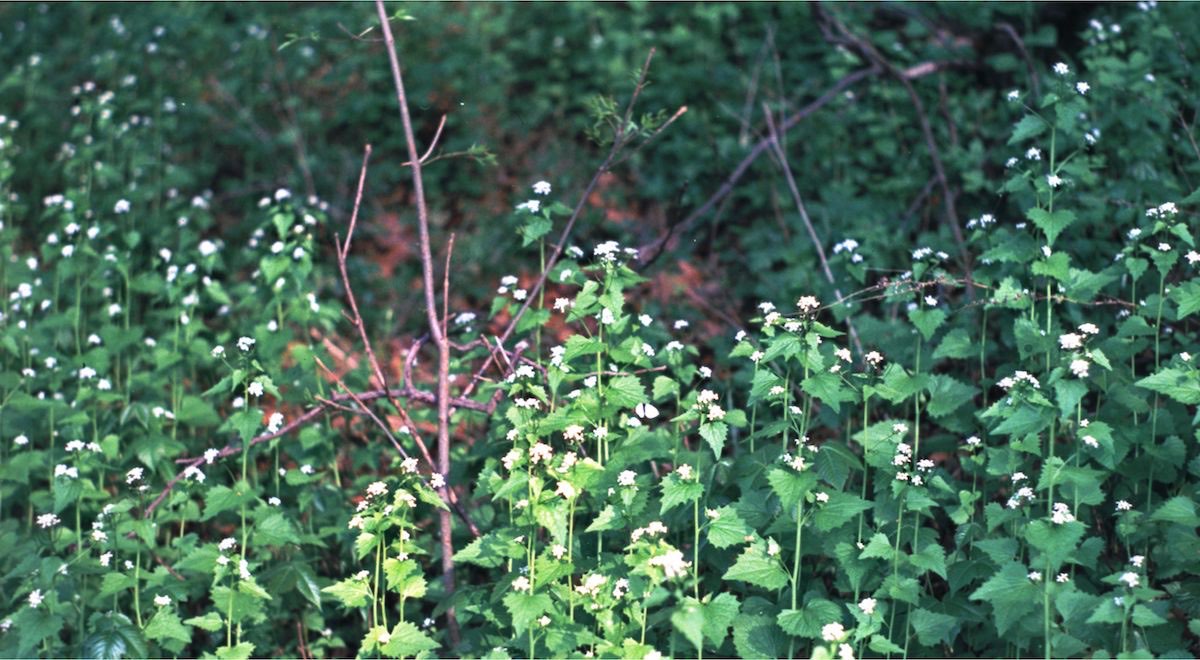
Food:
This invasive plant offers a surprising culinary benefit – a garlicky flavor! Young garlic mustard leaves can be chopped and used sparingly in place of garlic in various dishes like pesto, dips, or stir-fries.
Caution:
Garlic mustard can be invasive and displace native plants. Harvest responsibly and only where it’s abundant. Important: Never consume large quantities of garlic mustard, as it can irritate the stomach.
22. Wild Onion (Allium spp.)
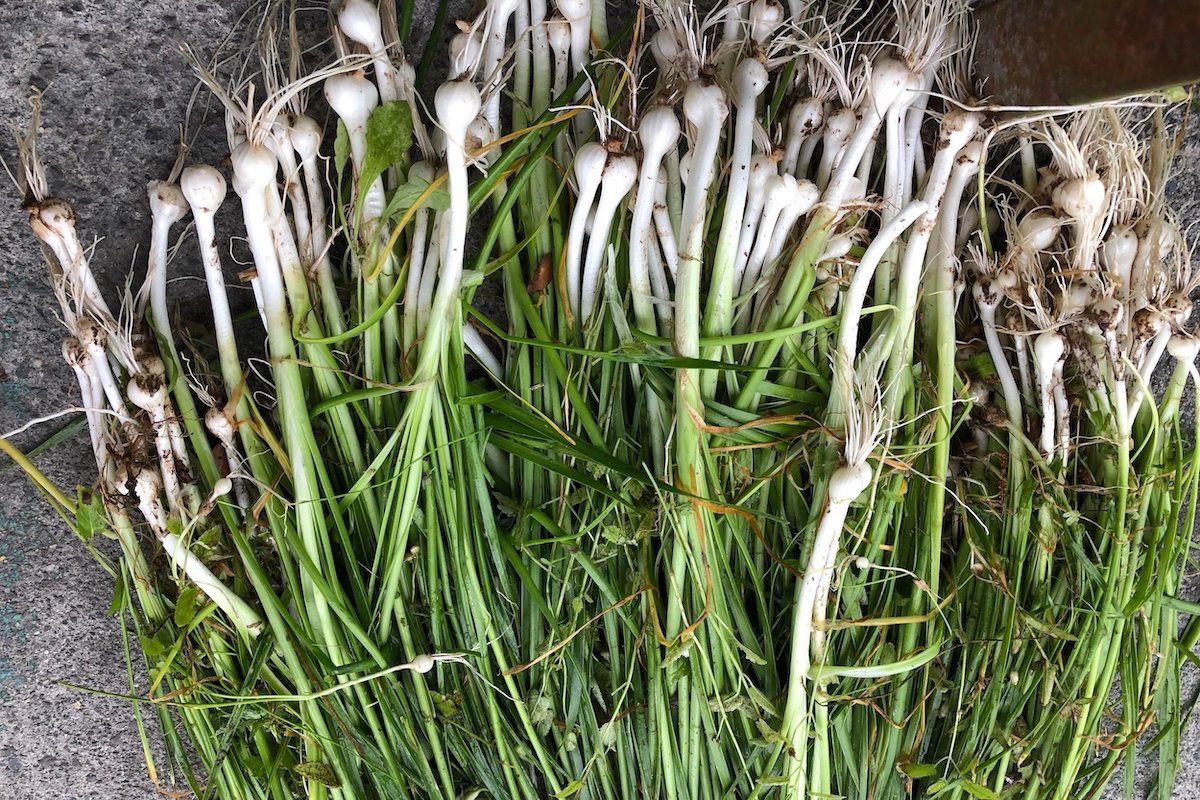
Food:
Several wild onion species are edible and offer a strong oniony flavor. The bulbs, leaves, and flower stalks can be chopped and used in various dishes like soups, stews, or omelets.
Caution: Proper identification is crucial, as some wild onions have toxic lookalikes. When foraging wild onions, look for the characteristic onion smell and avoid any plant that seems unfamiliar.
23. Chamomile (Matricaria chamomilla)

Medicine:
Chamomile is a beloved herb known for its calming and relaxing properties. Chamomile tea is a popular folk remedy for anxiety, insomnia, and digestive issues. Inhaling chamomile steam may also help ease headaches or congestion.
Food (limited):
While not commonly consumed directly, chamomile flowers can be infused into honey or used to make a calming bath soak.
24. Lemon Balm (Melissa officinalis)
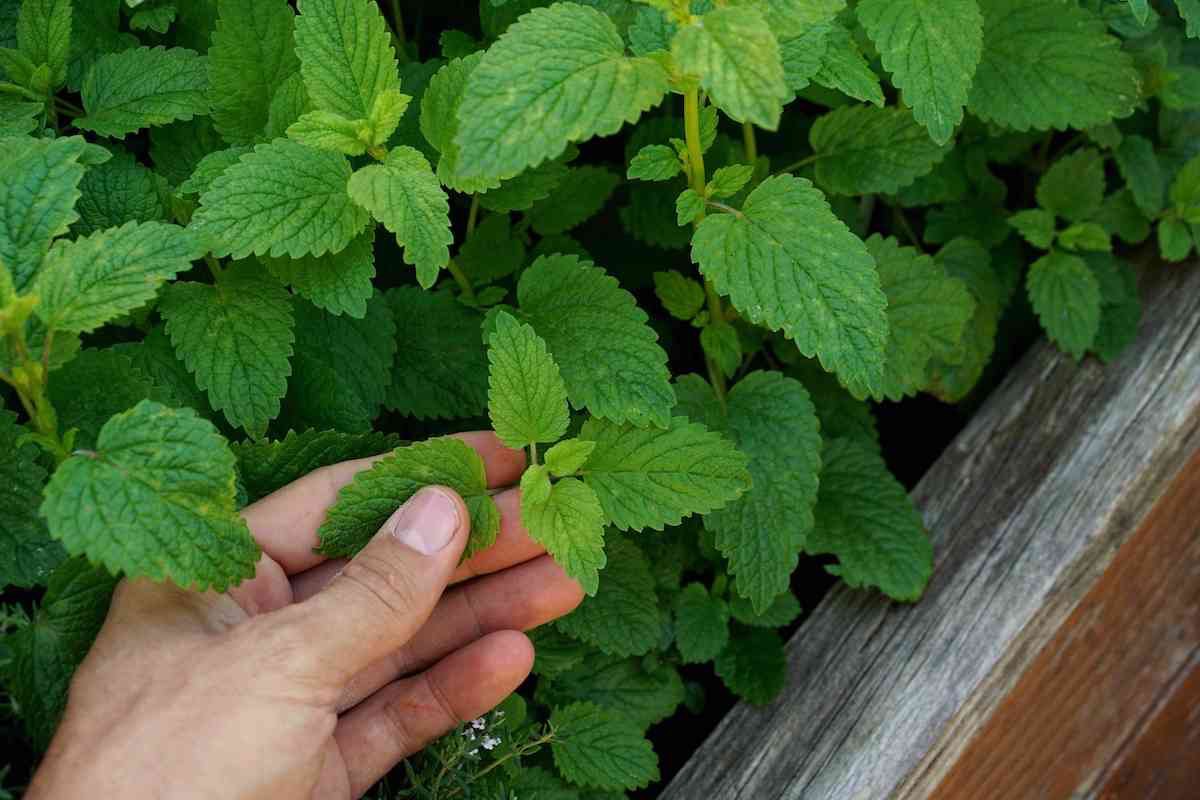
Food:
Lemon balm leaves offer a refreshing lemon scent and flavor. They can be enjoyed fresh in salads, infused into water for a delightful beverage, or used in sauces and marinades for a citrusy touch.
Medicine:
Lemon balm tea is a popular herbal remedy for anxiety, stress, and insomnia. It may also promote relaxation and improve sleep quality.
25. Bee Balm (Monarda spp.)

Food:
The vibrant flowers and leaves of bee balm can add a touch of beauty and flavor to your dishes. The flowers are edible and can be used to garnish salads, desserts, or cocktails. Young leaves can be steeped in tea for a refreshing, minty flavor.
Medicine:
Bee balm has been used traditionally for respiratory ailments like coughs and colds. The leaves may also possess some antimicrobial properties. Disclaimer: Scientific evidence for bee balm’s medicinal uses is limited.
26. Catnip (Nepeta cataria)

Medicine (for cats!):
Catnip is notorious for its irresistible effect on felines. The leaves contain a compound that triggers a euphoric response in cats, making them playful and energetic.
Medicine (limited, for humans):
Catnip tea has been used traditionally as a relaxant to ease anxiety or promote sleep. However, scientific evidence for its effectiveness in humans is limited. Caution: Catnip may interact with certain medications. Consult a healthcare professional before using catnip medicinally.
27. Self-Heal (Prunella vulgaris)
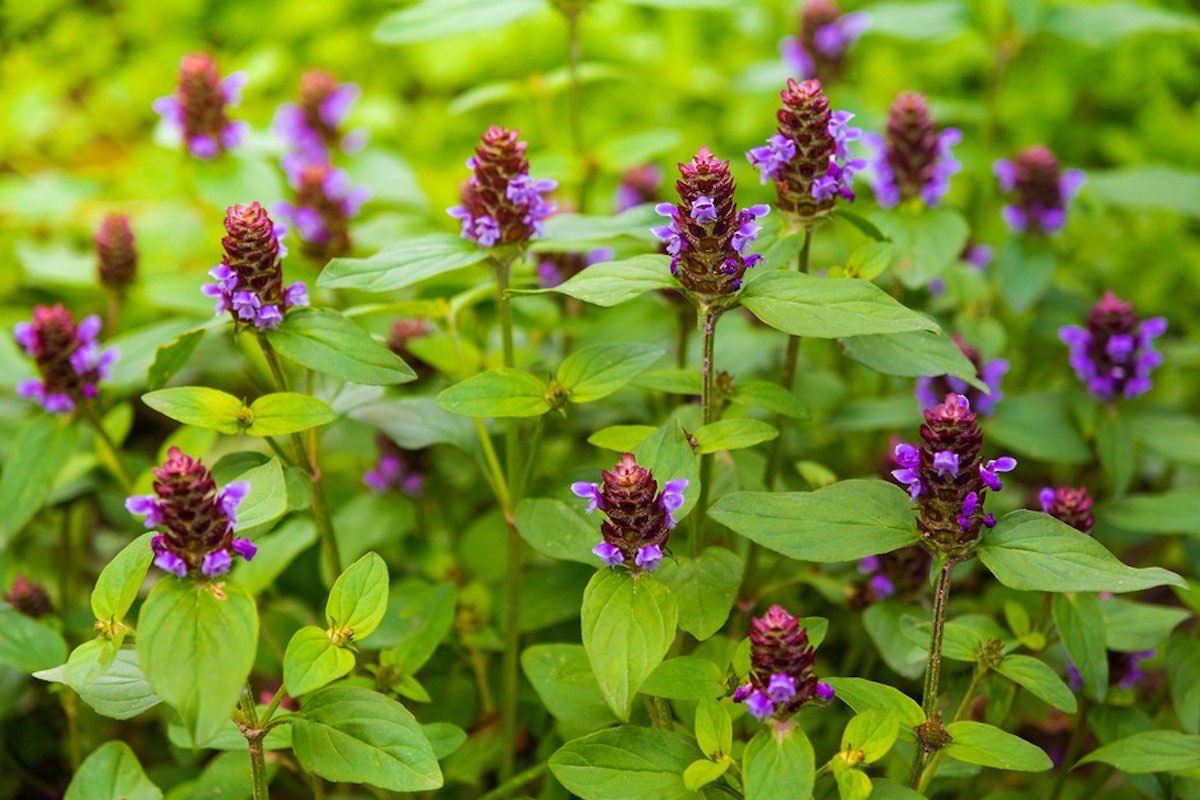
Medicine:
This aptly named plant has a long history of use for wound healing and reducing inflammation. Self-heal leaves can be crushed and applied topically to minor cuts, scrapes, or insect bites. Disclaimer: Scientific evidence for self-heal’s effectiveness is limited. Consult a healthcare professional for serious wounds.
28. Marshmallow (Althaea officinalis)

Medicine:
Marshmallow root is a soothing remedy for coughs, sore throats, and digestive issues. It contains mucilage, a substance that coats and soothes irritated tissues. Marshmallow root tea is a popular choice for calming coughs and easing heartburn.
29. Horsetail (Equisetum spp.)
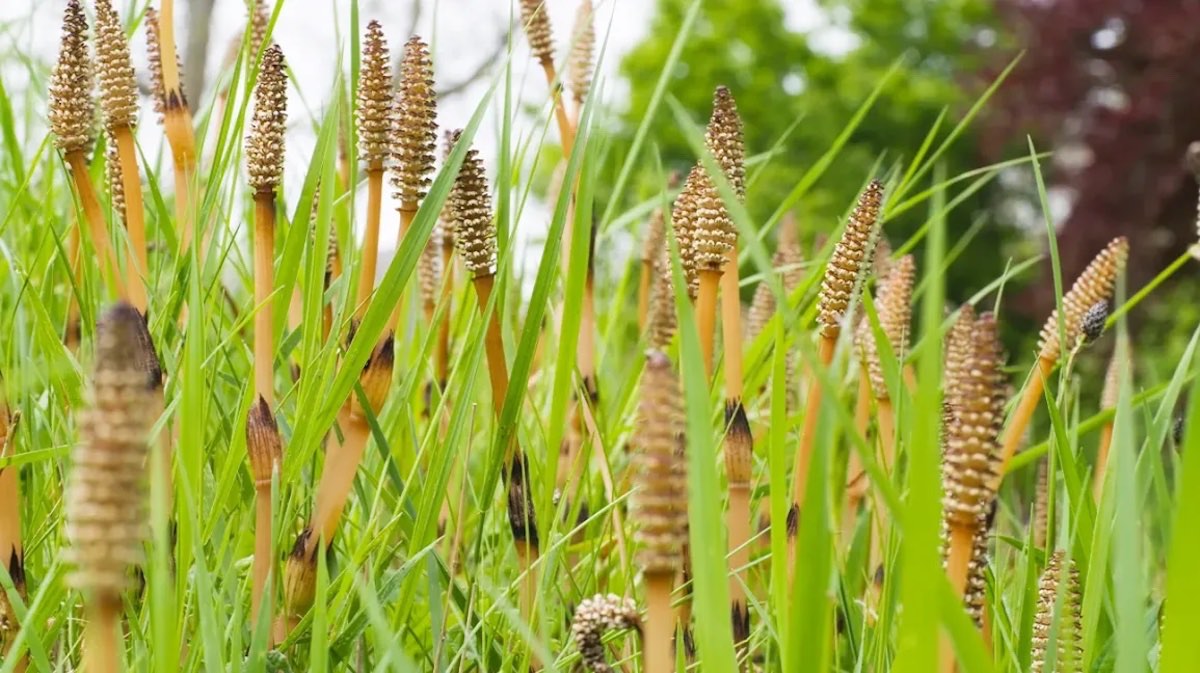
Medicine (limited, with caution):
Horsetail has been used traditionally for wound healing, kidney health, and bone health. However, horsetail also contains silica, which can be toxic in high amounts. Do not ingest horsetail without professional guidance.
30. Chicory (Cichorium intybus)

Food:
The roasted root of chicory is a popular coffee substitute with a slightly bitter flavor. Chicory root can be ground and brewed on its own or mixed with coffee for a unique flavor profile. The leaves can also be used in salads or stir-fries.
Medicine:
Limited research suggests chicory may offer digestive benefits and help regulate blood sugar. Disclaimer: More scientific evidence is needed to confirm these potential uses.
31. Shepherd’s Purse (Capsella bursa-pastoris)

Food:
Young shepherd’s purse leaves have a slightly peppery flavor and can be enjoyed raw in salads or lightly sauteed. The heart-shaped seed pods are also edible and can be pickled or added to soups for a piquant touch.
Medicine:
Shepherd’s purse has been traditionally used as a diuretic and may also help regulate menstrual bleeding. Important: Consult a healthcare professional before using shepherd’s purse medicinally, especially if pregnant or breastfeeding.
32. Mallow (Malva spp.)

Food:
The leaves and flowers of various mallow species are edible. Young leaves can be enjoyed raw in salads or cooked like spinach. The mallow flowers can be used to garnish dishes or steeped in tea for a mild, mucilaginous drink.
Medicine:
Mallow leaves and flowers have a soothing effect and have been used traditionally to treat coughs, sore throats, and inflammation. They may also help soothe skin irritation when applied topically.
33. Wild Bergamot (Monarda fistulosa)
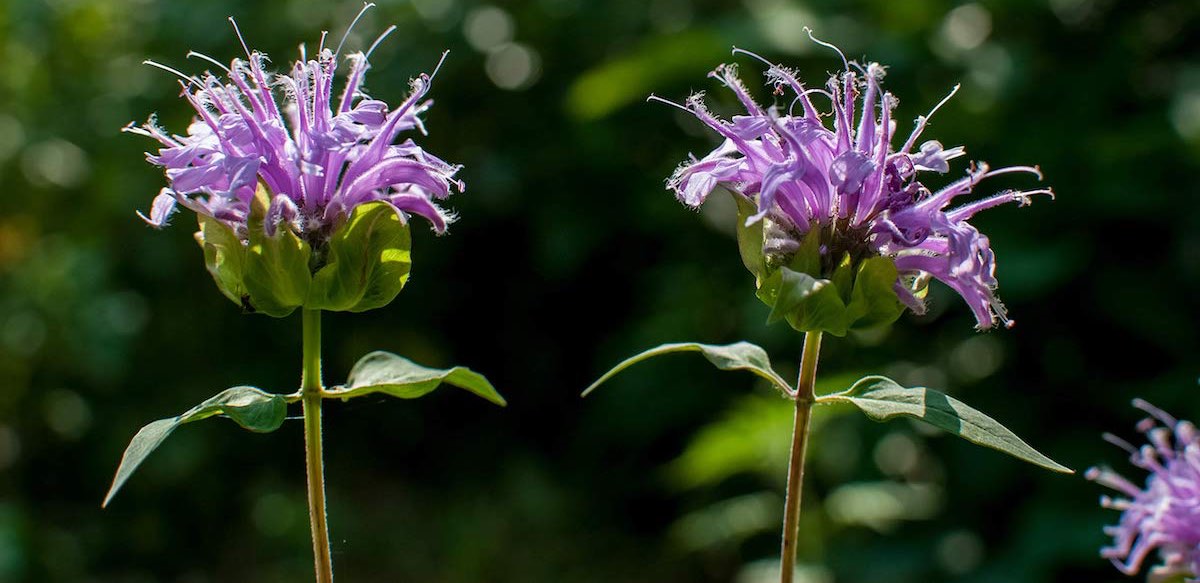
Food:
Similar to bee balm, wild bergamot offers edible flowers and leaves with a citrusy, bergamot-like flavor. The vibrant flowers can be used to garnish salads, desserts, or cocktails, while the young leaves can be steeped in tea for a refreshing drink.
Medicine:
Wild bergamot leaves may possess some antimicrobial and anti-inflammatory properties. Disclaimer: Scientific evidence for its medicinal uses is limited. Consult a healthcare professional before using wild bergamot medicinally.
34. Angelica (Angelica archangelica)
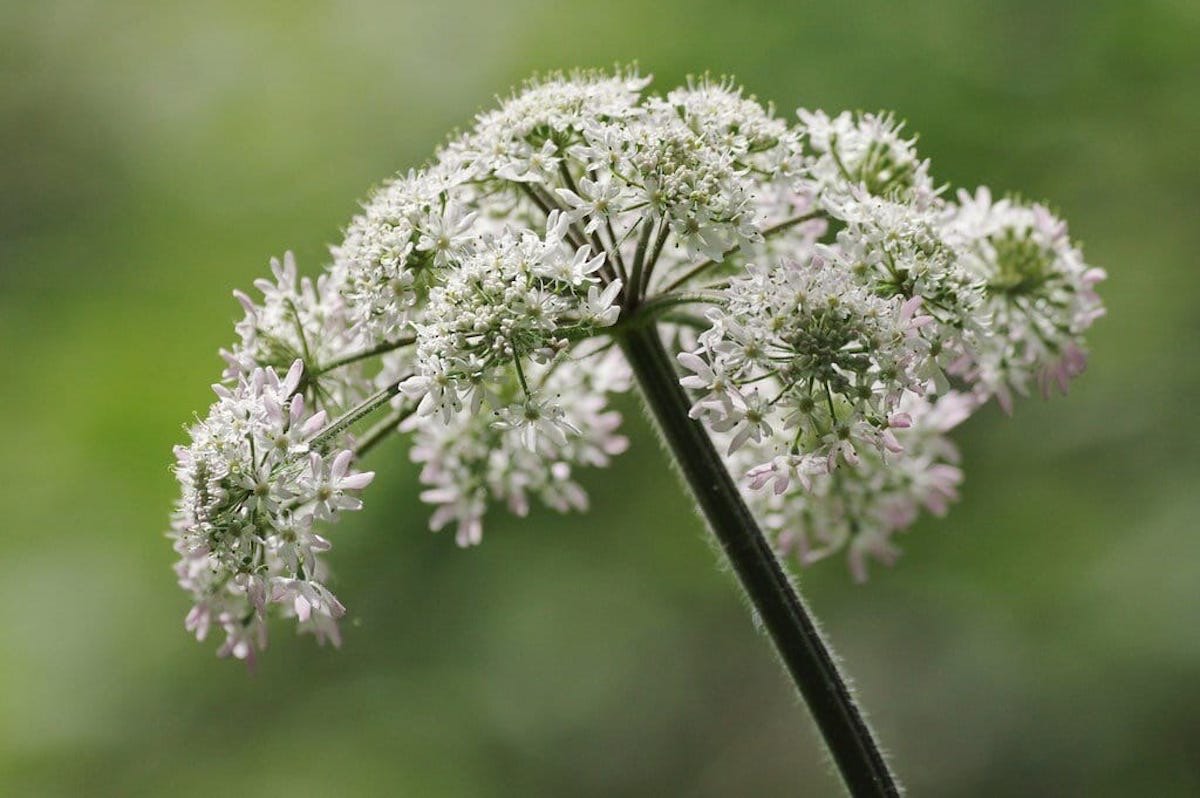
Food:
The stalks and candied Angelica root are used in some European cuisines for their unique flavor. The stalks can be enjoyed cooked or candied, while the candied root is a popular candy ingredient.
Medicine:
Angelica root has been used traditionally for digestive ailments, coughs, and anxiety. However, angelica can interact with certain medications and may cause sun sensitivity. Caution: Consult a healthcare professional before using angelica medicinally.
35. Hawthorn (Crataegus spp.)

Medicine:
Hawthorn berries and leaves have been used traditionally to support heart health. Some studies suggest it may help improve blood flow and strengthen heart muscle contractions. Important: Consult a healthcare professional before using hawthorn medicinally, especially if you have any heart conditions or take medications that affect the heart.
36. Yellow Dock (Rumex crispus)
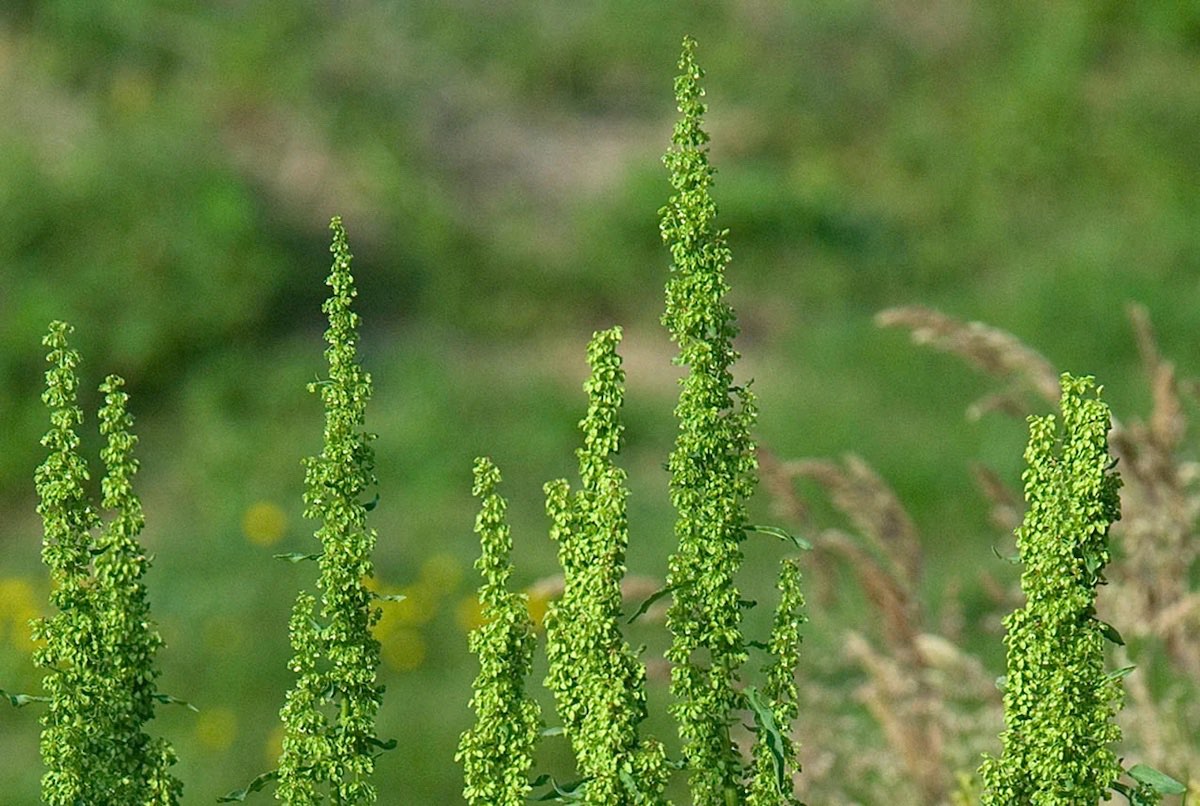
Medicine (limited):
Yellow dock root has been used traditionally as a laxative and blood purifier. However, it can be harsh on the digestive system and is not recommended for long-term use. Caution: Consult a healthcare professional before using yellow dock medicinally.
37. Wild Carrot (Daucus carota)
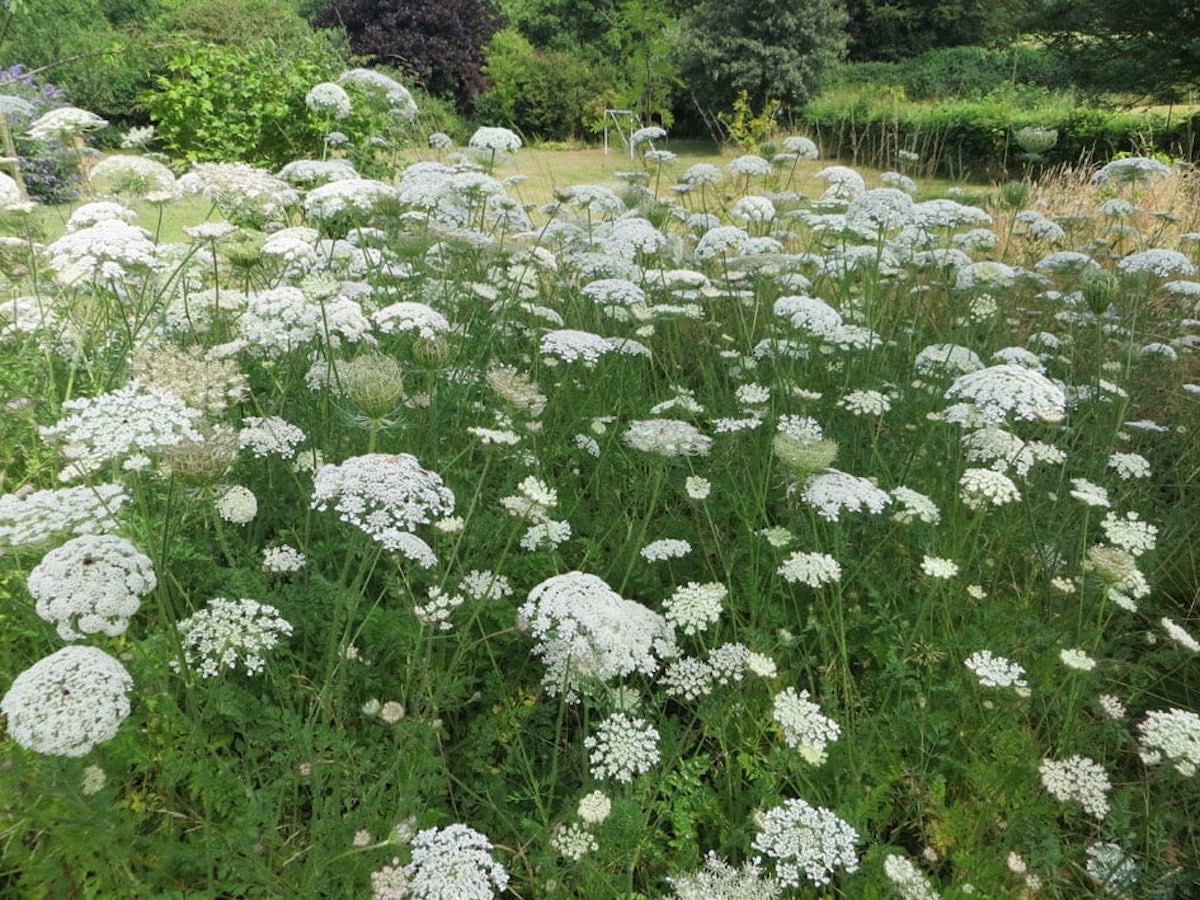
Food:
While the orange taproot is the familiar cultivated carrot, the roots of wild carrots are typically smaller and less sweet. However, they are still edible and can be roasted or used in soups and stews. The young leaves can also be chopped and used in salads.
Medicine:
Limited research suggests wild carrot seeds may have some diuretic and digestive benefits. Disclaimer: More scientific evidence is needed to confirm these potential uses.
38. Solomon’s Seal (Polygonatum spp.)
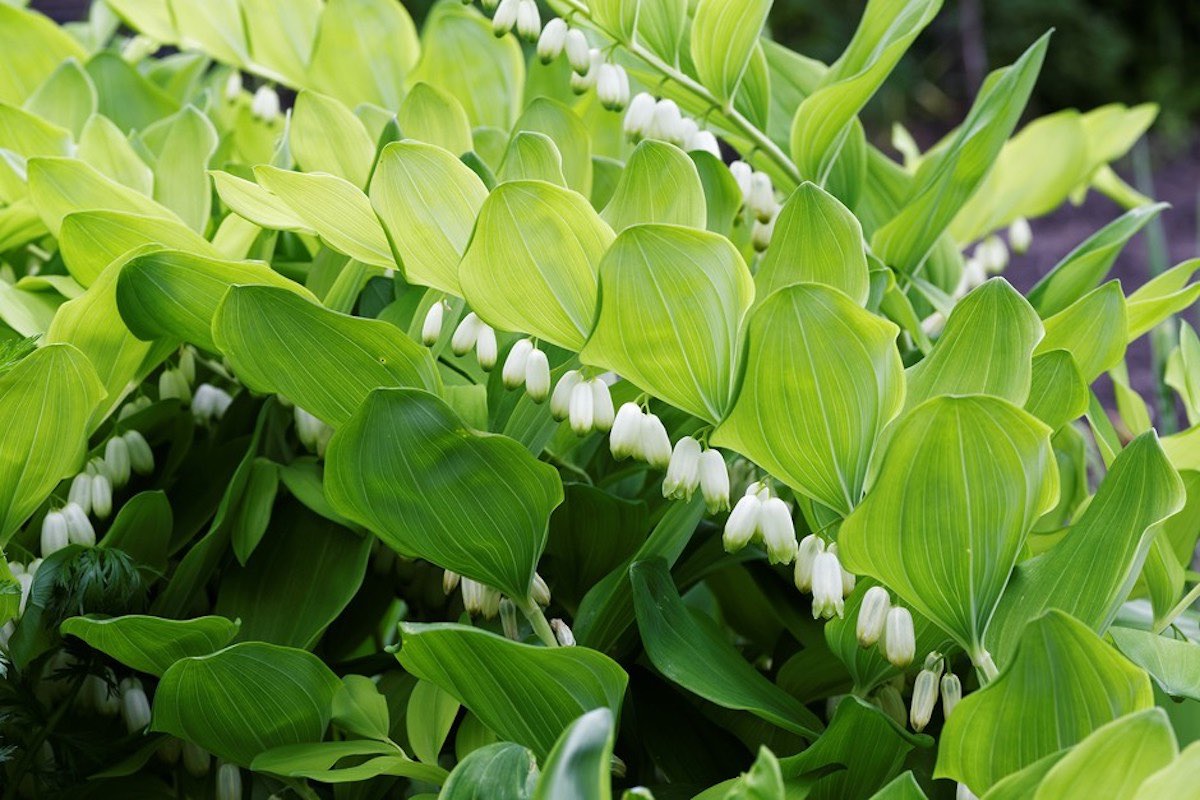
Medicine (limited, with caution):
Solomon’s Seal root has been used traditionally for pain relief, inflammation, and wound healing. However, there is limited scientific evidence to support these uses, and some species may be toxic if ingested. Do not consume Solomon’s Seal without professional guidance.
39. Sweet Violet (Viola odorata)
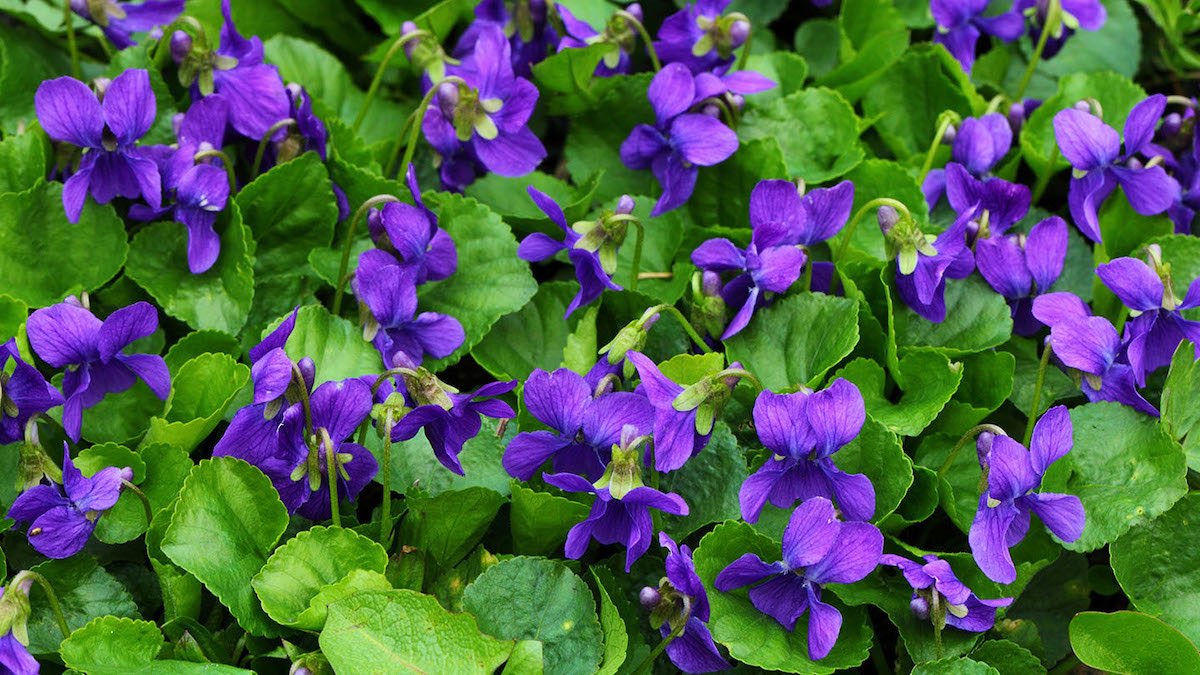
Food:
The fragrant flowers of sweet violets are a delightful addition to salads, desserts, or cocktails. They can also be candied for a sweet treat. Young violet leaves can be enjoyed in salads with a mild, floral flavor.
Medicine:
Sweet violet flowers have been used traditionally for coughs, colds, and skin conditions. Important: Consult a healthcare professional before using sweet violets medicinally, as large quantities may cause nausea or vomiting.
40. Elder (Sambucus spp.)

Food:
As mentioned before, only consume ripe elderberries after cooking them into jams, jellies, or syrups. Never consume raw elderberries or other elder plant parts.
Medicine:
Elderberry syrup is a popular folk remedy for colds and flu, although scientific evidence is inconclusive. Always consult a healthcare professional before using elderberry for medicinal purposes.
41. Honeysuckle (Lonicera spp.)

Medicine (limited, with caution):
Some honeysuckle species have been used traditionally for coughs, colds, and wounds. However, ingesting honeysuckle can be toxic, and some varieties have berries that are poisonous. Do not consume honeysuckle without professional identification.
42. Evening Primrose (Oenothera spp.)
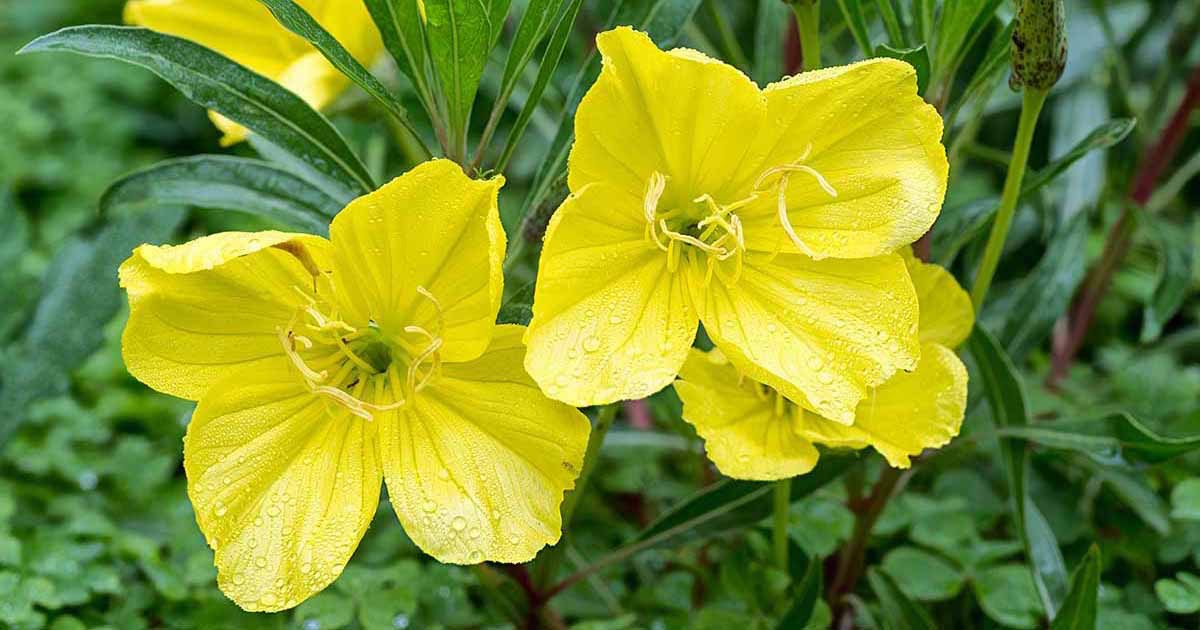
Medicine:
Evening primrose oil is a popular supplement used for hormonal health, particularly for symptoms of premenstrual syndrome (PMS) and menopause. Important: Consult a healthcare professional before using evening primrose oil, especially if you have any medical conditions or take medications.
43. Nettles (Urtica spp.)
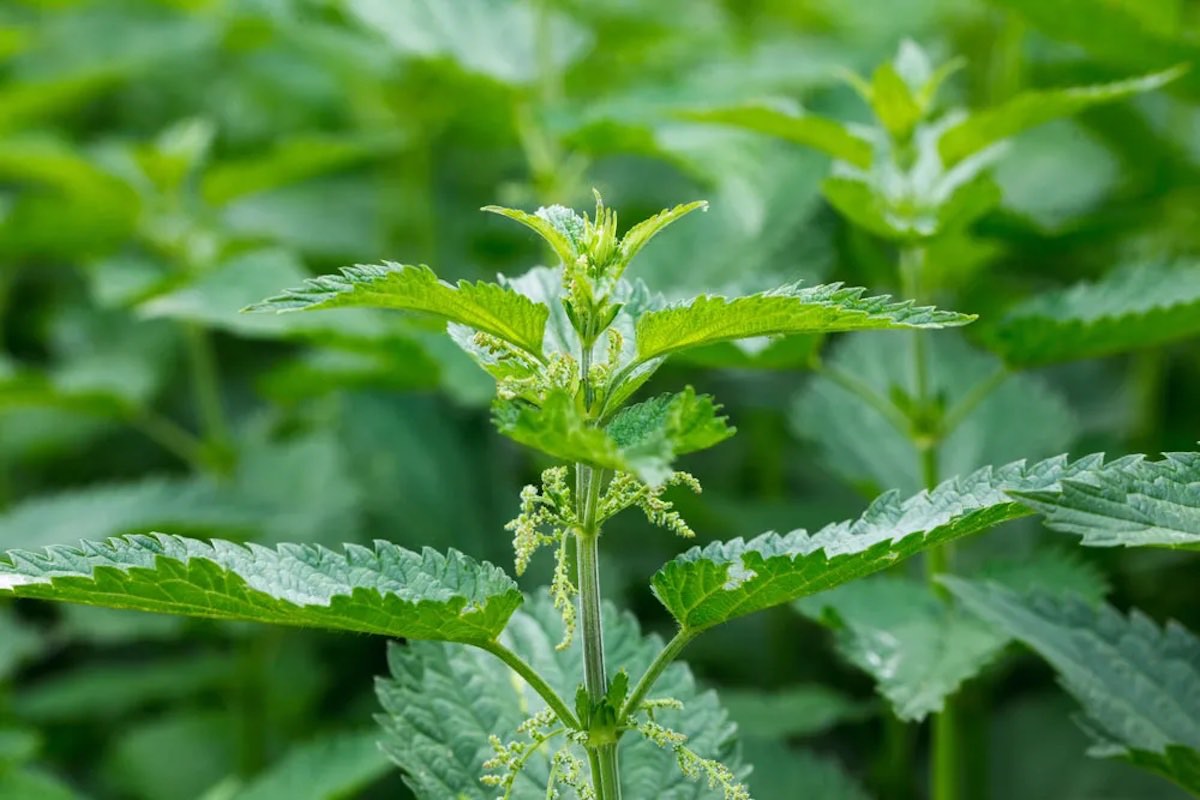
Food:
Once properly treated, stinging nettle offers a delicious and nutritious green. Not many people realise this is well known as just one of the plants you can forage for food and medicine Young nettle shoots can be blanched in boiling water to deactivate the stinging hairs and then enjoyed in stir-fries, soups, or even blended into smoothies.
Medicine:
Nettle tea has been used traditionally to support a healthy urinary tract and may also offer anti-inflammatory benefits. Caution: If you have sensitive skin, avoid contact with raw nettles even after blanching.
44. Coltsfoot (Tussilago farfara)
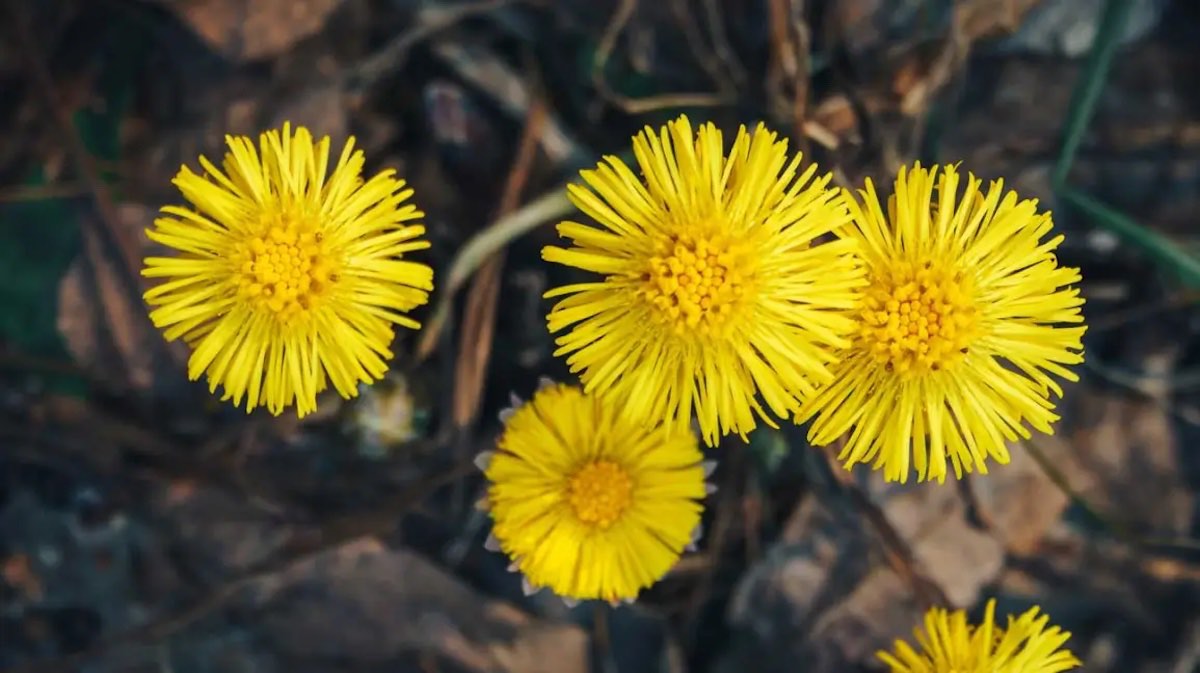
Medicine (limited, with caution):
This is the final choice of plants you can forage for food and medicine. Coltsfoot leaves have been used traditionally for coughs, bronchitis, and asthma. However, coltsfoot contains pyrrolizidine alkaloids (PAs), which can be harmful to the liver in high amounts. Do not consume coltsfoot without professional guidance.
Plants You Can Forage for Food and Medicine Conclusion
The natural world offers a treasure trove of edible and medicinal plants just waiting to be discovered. This guide has explored 44 readily available plants you can forage for food and medicine. Remember, responsible foraging is key. Always identify plants with absolute certainty before consumption, harvest sustainably to preserve future growth, and be mindful of local regulations. With proper knowledge and respect for the environment, foraging can be a rewarding and enriching experience.
Embrace the adventure of identifying plants in your local area, experiment with incorporating them into your diet, and discover the potential of natural remedies. This newfound knowledge empowers you to connect with nature in a deeper way, enhance your self-sufficiency, and appreciate the diverse bounty the world has to offer. So, lace up your boots, grab a reliable guidebook, and embark on a journey of discovery – the world of foraged food and medicine awaits!
Check out more prepper articles.
